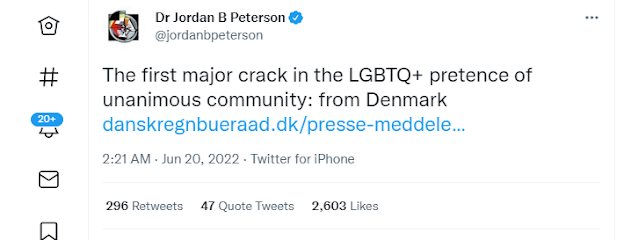 |
| Joanna Watson...there's always a purpose to life events. Photo: Source |
I consider it due to God's protective action that my car carrying my wife and my niece and her husband on one occasion was not struck by a heavy vehicle when I made a stupid mistake while driving. I got confused at traffic lights where I waited to make a turn across a highway. When the traffic going straight ahead started to move, I thought I was supposed to make my turn as well. There didn't seem to be separate traffic lights.
When we started across the four-lane highway a lorry came on quickly but it slowed so I moved out into the lanes to clear it. But I could not see what was on the other side of the lorry. This is where the miracle occurred. The next lanes were clear! If the lanes beyond the lorry had been occupied, we would have certainly been struck, with injury to life and limb much more than a mere possibility.
When a busy road has a clearing in the crucial few seconds for us to cross in front of the oncoming traffic, I think I am justified in crediting God for this miracle, saving us from a serious accident.
That God is still in the miracle business is the message Englishwoman Joanna Watson wants to share. As well as describing her own experience, she has collected accounts of wonderful experiences of others.
Of her own case, Watson writes:
Strictly speaking, I could be dead.
While on holiday in the USA, the car I was in plunged over the edge of a mountain. It hurtled down about 50 metres into pitch-black darkness, flipped and ended up on its roof. Upside down and held in by my seatbelt, I fractured my spine in two places.
Put simply: God saved my life.
In the immediate aftermath of the accident, God provided for all my medical, physical and spiritual needs. In a series of incredible ‘God-incidences’, he brought help through a succession of strangers – including a doctor and a Christian – orchestrating exactly who needed to be there in my moment of need.
And in the months that followed, as I found myself encased in a back brace and heading slowly towards recovery, I was acutely aware that things could have turned out very differently. Today, I am alive, walking, and here to tell the tale.
The awareness of God active in her life, led Watson to take stock:
Surviving a near-fatal car accident changed my life. It led to a redirection in my career and a relocation. But, over the subsequent years, it also led to more miracle stories – of provision, protection, healing, and even resurrection – landing in my lap.
I published ten true tales of miracles in my book Light through the Cracks: How God breaks in when life turns tough (Malcolm Down Publishing). United by a common theme, they all reveal how ordinary people have encountered God in extraordinary ways in the midst of tough times; how God has broken into some very dark and difficult situations; how he has brought his light in through the cracks.
Cancer disappearing without trace. A man defying death, multiple times, following life-threatening injuries incurred in a head-on road collision. A baby born prematurely, only to confound the medical predictions about his prognosis. Cash appearing out of nowhere to keep a church from closing. A teenager seeing her chronic debilitating illness disappear in an instant. Plus the full story of my own car accident.
Not all of these stories have happy endings. I don’t sanitise or sugar-coat any aspects of them; they are written as they really happened—raw, real and messy. But, in the middle of each one, God showed up for us when we were praying in utter desperation, not knowing what the ending would be.
The reality is that our unchanging God is still in the miracle business today - not just in the dim and distant past or in some far flung part of the world – but here, at home, in the 21st Century. He is still supernaturally performing acts that shouldn’t be able to happen according to the laws of nature or science. They are relatively rare, but they occur more often than we realise.
Miracles are possible because God is at work in the spiritual realm as well as the physical realm; in the extraordinary, as well as the ordinary. He heals through medicine, but also miraculously. He provides financially through a steady income, but also out of thin air. He expects us to heed warning signs, but also sends angels to protect us from danger. He speaks through the Bible, but also through dreams and visions.
These things don’t happen routinely and are impossible to predict in advance; they are always about God, never about us; and they always have a purpose.
Read Watson's article in full here.
A last thought: Any study of miracles comes to the conclusion that our hearts have to be big enough to appreciate what has happened; our eyes have to be clear enough to see the source of our deliverance; we have to be free enough from distractions to be able to acknowledge the other party involved, and to be able to express our gratitude. Finally, we need to have a prayerful attitude to life so that we are open to the world in all its dimensions.
Ω If you like this blog, go to my Peace and Truth newsletter on Substack, where you can subscribe for free and be notified when a new post is published.








